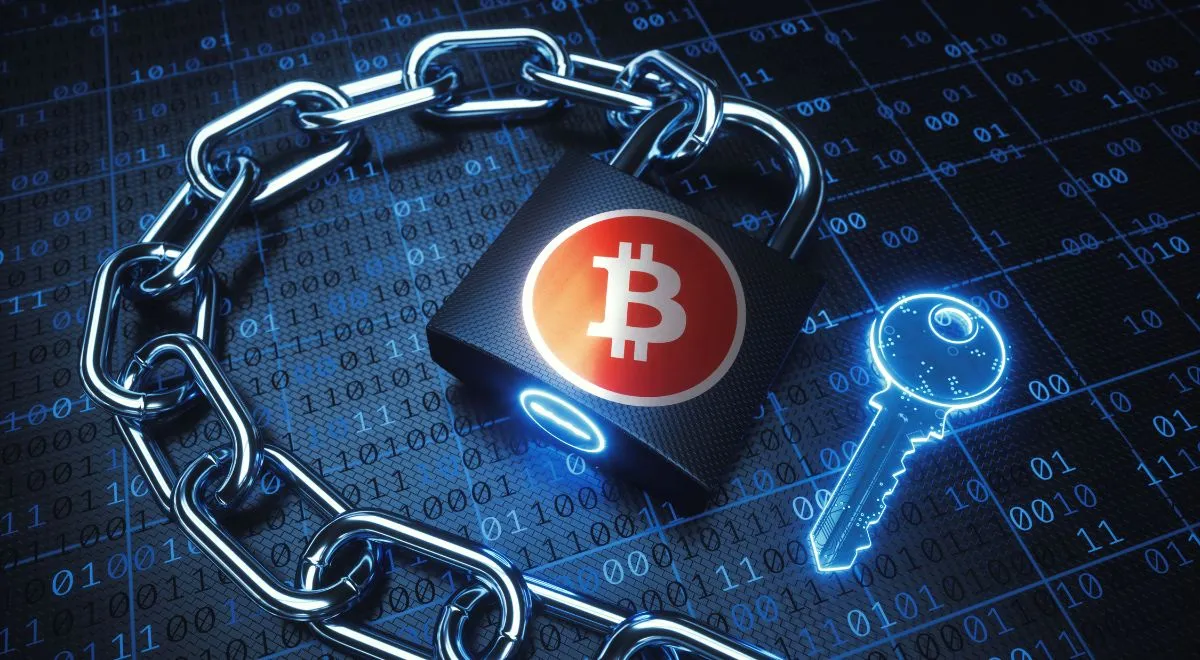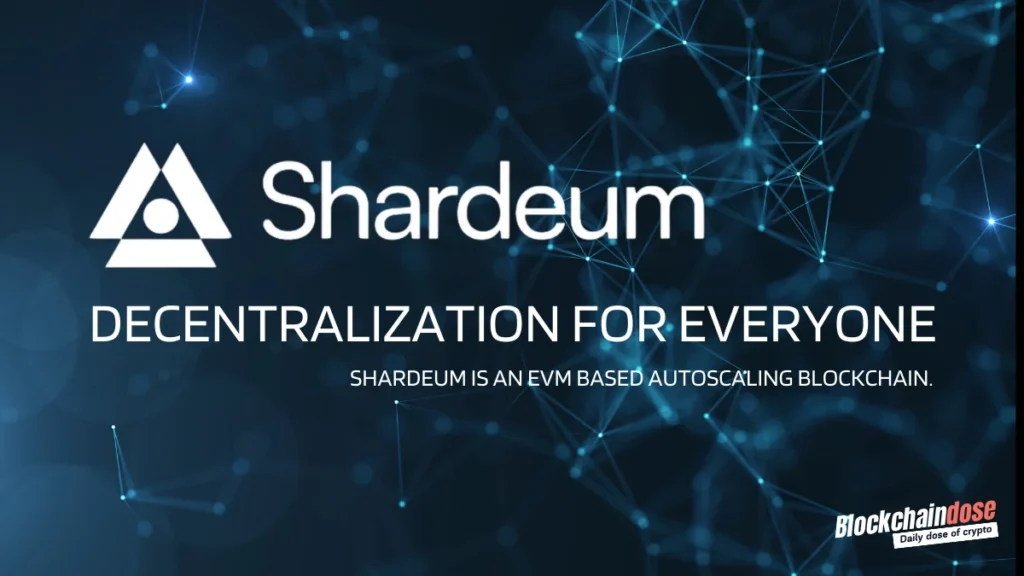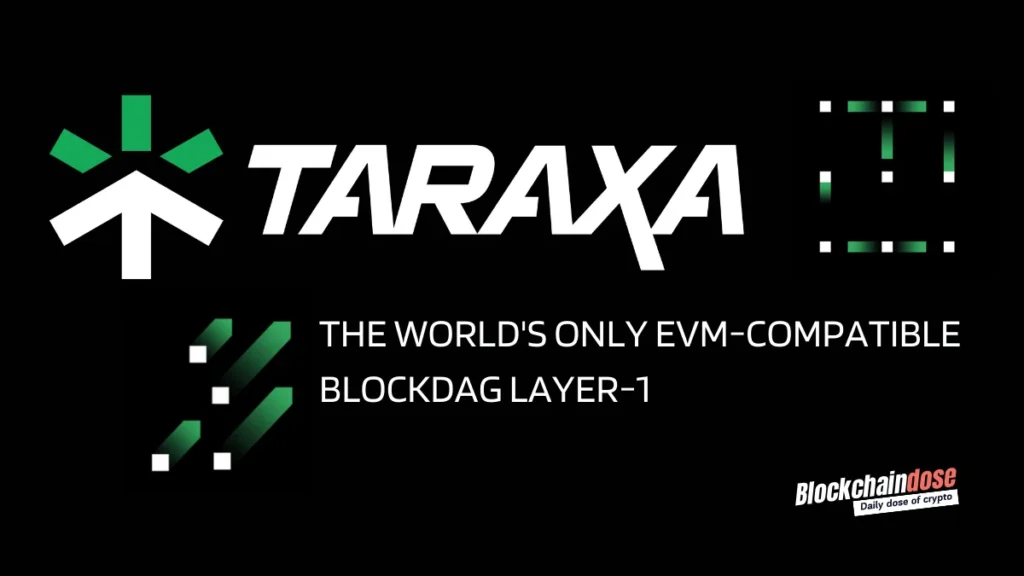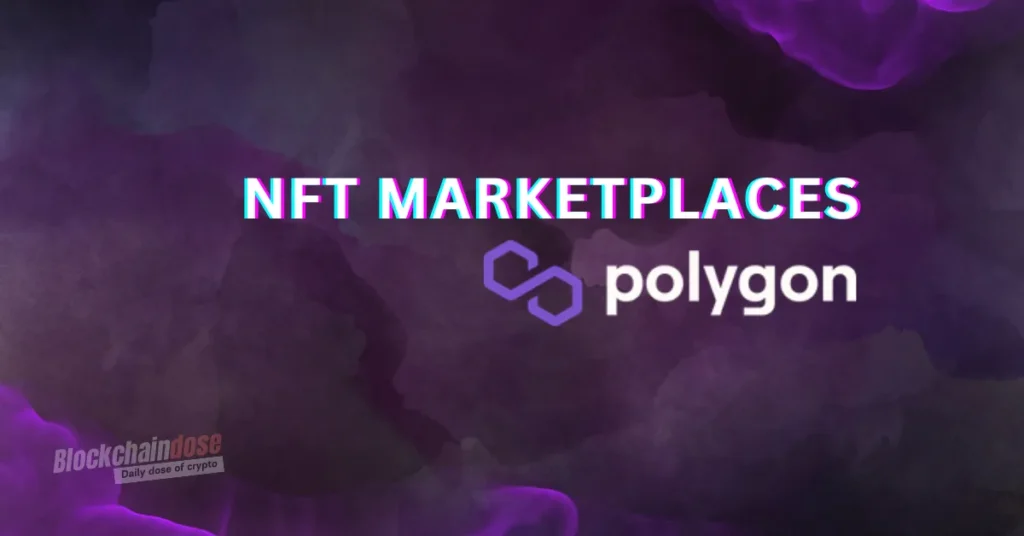Non-Fungible Tokens (NFTs) are an emerging trend in the rapidly evolving area of blockchain technology that are completely changing how people view and trade digital assets. In the NFT market, lazy minting has come up as a fresh idea that provides a more convenient method of minting NFTs. We’ll dive into the specifics of lazy minting, covering its application across a number of platforms as well as its importance, advantages and limitations.
What is Lazy Minting?
A technique for creating NFTs called “lazy minting” helps to reduce the costs and risk involved in conventional minting. It is a creative method of producing digital products without paying any up-front costs. In traditional minting, we must pay upfront fees like as gas and account/marketplace fees.
You don’t have to pay anything unless you sell your NFT with lazy minting. The selling transaction that transfers ownership of the token to the buyer includes the minting cost. That means you won’t have to spend an excessive amount of money to find out if your art will be sold. This is a significant advantage over traditional minting methods.
Lazy minting helps business owners keep better track of their earnings and losses while also saving them time and money. This is made possible by the fact that the data block contains all ownership and transactional information. Information about the owner of their item and its storage location is easily accessible to creators. This improves their ability to monitor their asset’s performance and make sure they’re profitable.
How Lazy Minting Works?
One method of minting digital artwork and collectibles on blockchain technology is through the lazy minting of NFT tokens. In traditional minting, token creators must “call a contract” and pay gas fees in order to publish their creations on the blockchain. Lazy minting involves the creation of a “voucher” or ticket by the creator rather than a non-fungible token. During the sale, the voucher could be exchanged for the token. It includes a smart contract along with all the other data that will be included in the actual NFT.
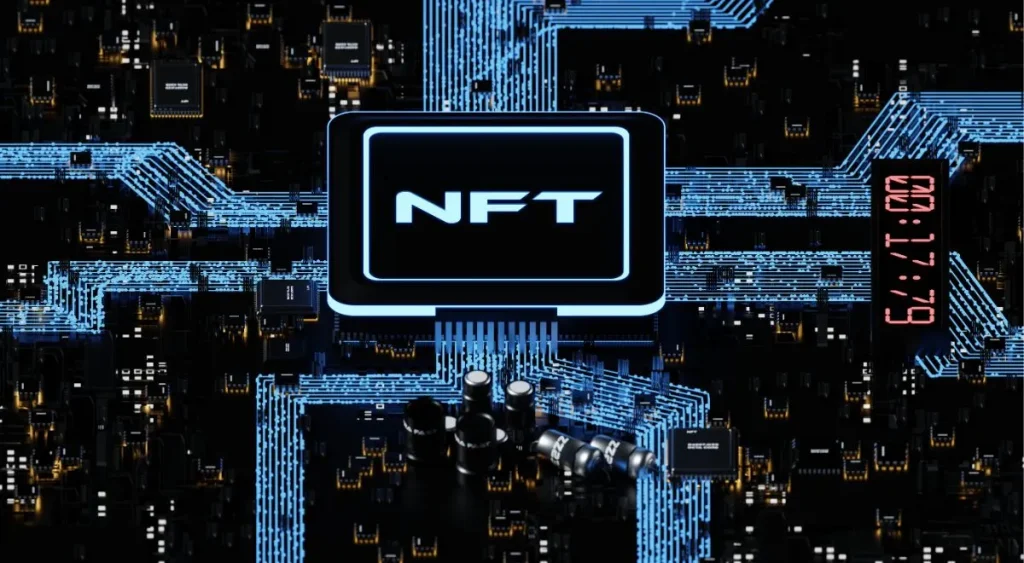
To make sure the validity of the voucher is authentic, the signature must be authorized by the NFT creator. The digital signature is publicly available information that proves it was generated by them, so consumers may trust its integrity.
Ethereum engineers created EIP-712 for the purpose of handling signed vouchers simpler and more secure. It is required in order to sign digital claim tickets. The signatures generated by this protocol serve as evidence of validation from the smart contract of a particular network.
Also, read: A Complete Guide to Mint NFTs.
It is not necessary for creators to pay for “calling” their digital currency direct to the network when they use lazy minting. Even before they have paid the minting fees, creators might sign to approve it for sale. The customer will cover the price of NFT token as well as the minting fees at the time of purchase. The token is currently present in the buyer’s wallet and on the blockchain. Since customers can make sure that only validated tokens will enter circulation, this procedure helps ensure validity and eliminates fraud.
Advantages of Lazy Minting
Flexibility:
Creators have the flexibility to test the market with their NFTs without committing to high upfront costs. If an NFT doesn’t find a buyer, the creator can choose not to mint it, avoiding unnecessary expenses.
Scalability:
Lazy minting facilitates the creation and listing of a large number of NFTs, allowing creators to scale their portfolios without being hindered by the immediate financial burden of minting fees.
Enhanced User Experience:
Buyers benefit from a smoother and more cost-effective experience. They only pay gas fees when they decide to purchase an NFT, eliminating the need for speculative spending.
Disadvantages
Delayed Ownership Transfer:
Since minting occurs only upon purchase, there might be a slight delay in the actual transfer of ownership. This delay could impact the user experience, especially for buyers expecting instantaneous transactions.
Smart Contract Complexity:
Lazy minting requires more complex smart contracts to handle the on-demand minting process. This complexity can potentially lead to errors or vulnerabilities if not implemented correctly.
Steps to do Lazy Minting on OpenSea
It is easy to create a lazy mint on OpenSea for a non-fungible token. Artists may easily list the tokens they create for sale on it. It can be done as follows, step by step.
- Go to opensea.io and sign up for an account.
- Click on “Create” in the upper-right-hand corner of the page.
- Upload your NFT content. Fill in necessary information, with the only required field being “Name.”
- Once you’ve entered the details, click the blue “Create” button to generate your NFT. Then click on the asset you’ve just created to go to its dedicated page.
- On the asset’s page, click “Sell.”
- Specify the price and the duration for your listing.
- After setting the price and duration, click “Complete Listing” to confirm.
- Open your wallet (e.g., MetaMask) and sign the transaction message to finalize the listing.
By following these steps, you’ll successfully create and list your NFT on OpenSea. Ensure that you have your wallet connected to the platform, and remember to review and confirm each step carefully.
Also, read: Top 9 NFT Marketing Agencies to Skyrocket Your Token Sales
Conclusion
Lazy minting is a big step toward increasing the affordability, accessibility, and ecologically friendly nature of NFTs. It is one of the technologies that are opening the path for a more sustainable and welcoming NFT ecosystem as blockchain technology advances. Lazy minting offers flexibility and efficiency that will benefit both buyers and creators, changing the dynamics of the digital art and collectibles market.
